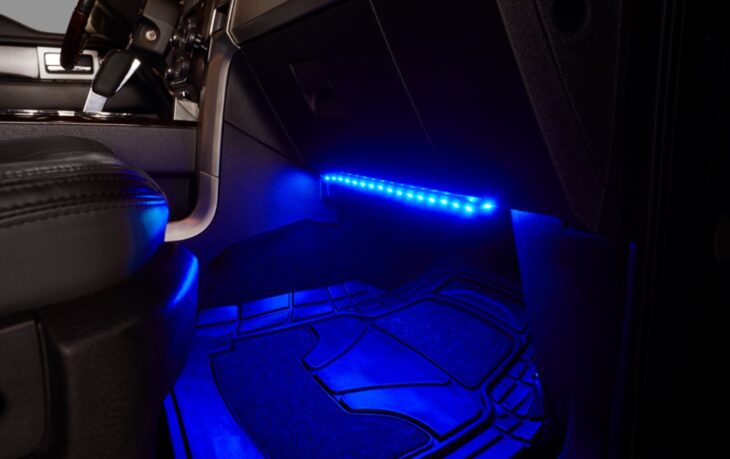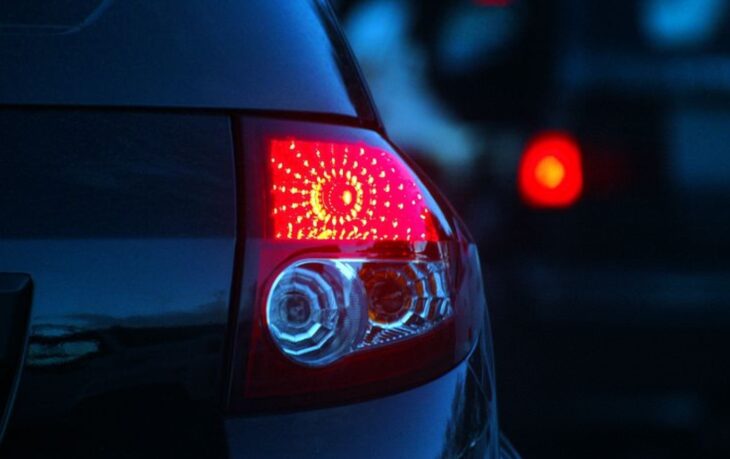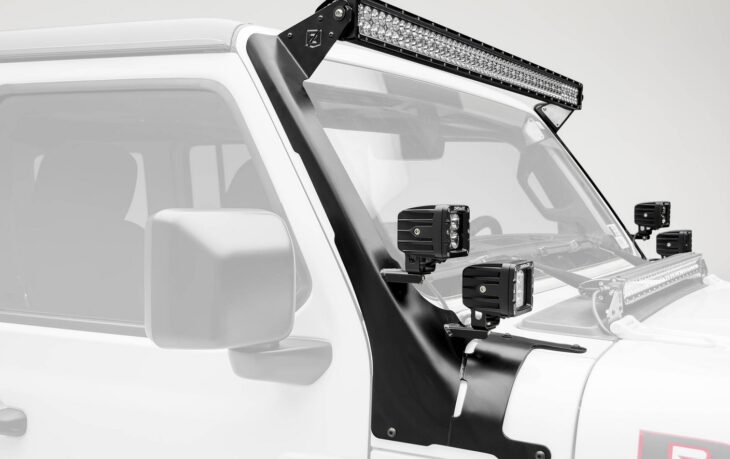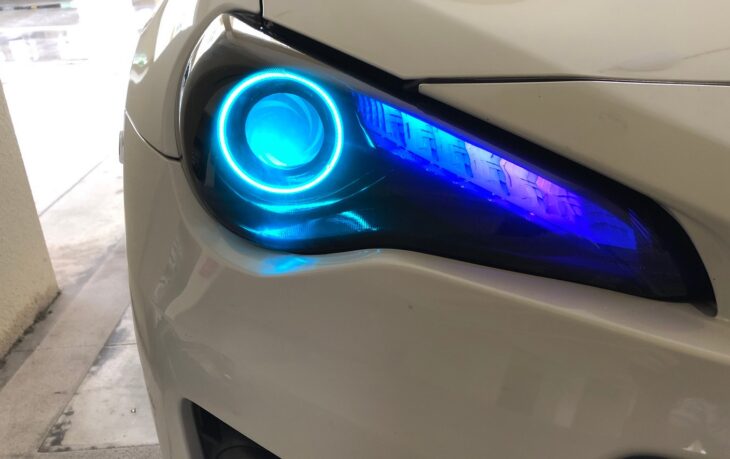Upgrading a car is what most car owners decide to do eventually. Some upgrade the exterior and make their vehicle more sporty, while others feel that they need a little bit more comfort on the inside so they change the carpets or the upholstery. Alternatively, under the hood upgrades are also popular, especially for those who like to go a little bit faster or even race their car at legal car enthusiasts meetups.
This is not all, as the most important type of upgrading a car for this article comes in the form of LED lighting, the most universal kind of lighting ever created. Light-emitting diodes (LEDs) are so versatile that they can virtually be put anywhere, from every corner of your house and garden to your car. They rarely die, they can survive the elements, and since most come as stickers, you can cut them and attach them to nearly any surface.
To install them in your car can be tricky and you might need the assistance of a professional. However, there are many DIY projects with LEDs that you can carry out yourself. In this article, there is going to be some word about a few of them. Depending on your expertise, you may choose to do them alone or with the help of a car electrician. To find out more about LED in cars, make sure to visit www.ledlightstreet.com.
Contents
1. Interior Lights

Source: AutoZone
If you think about it, you can switch any kind of light in your car in favor of an LED. These are also among the most cost-effective LED upgrades you can have in your car. Most vehicles nowadays come with two separate lamps, one located around the mirror (map light), and the other between the two rows of seats. In larger cars, station wagons, or vans, there may be the third light more towards the back. Swapping regular bulbs for LED lights will give a lot more lighting. While modern cars might already have LEDs here, older certainly do not. If you want to refresh the interior, there is no cheaper yet effective way to do it.
Furthermore, you can switch the front row legroom ambient lights from the usual yellow to a better-looking LED white. Depending on the car, you may also put LEDs on the threshold, on the inside door handles, and in the trunk. This all falls under the general ambient or mood lighting, and since it is LED, it could also have the fan-favorite RGB feature. It all comes down to what you prefer and how much light is too much for you.
2. Headlights and Backup Lamps

Source: LiveAbout
Since headlights and backup lamps are both white lights that mean a car is moving forward, they can both be swapped for stronger, brighter, and more elegant white LEDs. Similar to what was said before, newer cars come already equipped with LEDs everywhere. If you own an older model and are sick and tired of the weak, yellowish lights, swap them out for an instant change everyone will notice.
Since we are now on the exterior of the car, the same goes for both the front and rear license plate lights. Not all cars have these, but if you do, it would look so much better if you swap the old bulbs for fresh new LEDs. Exactly the same case can be made for fog lights, as well as any other aid lights that a car might have.
3. Additional Bumper and Roof Lights

Source: ZROADZ
Owners of trucks and terrain vehicles need more than their headlights lighting the way ahead, which is why all of these vehicles can be upgraded with various kinds of off-road lights. Usually, they come either as separate lights or as rack lights, and they go on specially reinforced bumpers, or on the roof of the car. Some cars have both for some serious lighting for spotting in heavy weather or in bad work conditions.
If you own a vehicle like a Chevy truck or a Jeep Wrangler, you will benefit greatly while making your car look better and be more useful. Rotating police-like reflectors that you can move with a leaver from the inside are also LED, and another way to take your car lighting needs.
4. RGB Goodness

Source: FT86club.com
Finally, we have something a little more on the wacky, younger side. There are all sorts of RGB lights that you can put inside of your car, either connecting to the USB or via cigarette lighter. Northern lights, string lights, and other RGB gadgets can make your inside a lot more colorful. Be aware however that this is not recommended while driving. It could get you in trouble with the police too if you are not careful. Similarly, LED RGB patch strip lights can be attached anywhere on the car, no matter if it is on the inside or the outside.
Many drivers like to imitate neon lights underneath the car by putting LEDs and changing their color. For semis, the possibilities are seemingly endless considering the size and the general area you can use to attach all kinds of LEDs. If you find someone proficient enough to do it, you could have RGB LEDs inside of your wheels, or in-between your suspension. This looks truly amazing at night and you will turn heads no matter where you go. Lastly, if you frequently open your hood at auto shows, or if you simply want extra lighting on one of the darkest parts of the car, install some LEDs on the inside of the hood or somewhere around the engine. There are no rules here, and this is exactly the idea behind the versatility of LED lighting.
If you cannot think of a solution, go online and look at what other people did to get some inspiration. We promise you will be positively surprised by how many LEDs you can fit inside and outside of a vehicle, how many places are LED-friendly, and how bright it could get when you turn it all on!
